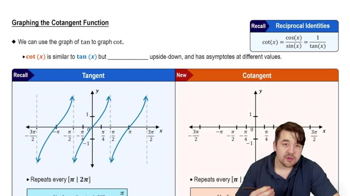Find the limits in Exercises 59–62. Write ∞ or −∞ where appropriate.
lim ( 1 / x²/³ + 2 / (x − 1)²/³ ) as
a. x → 0⁺
 Verified step by step guidance
Verified step by step guidance Verified video answer for a similar problem:
Verified video answer for a similar problem:



 6:47m
6:47mMaster Finding Limits Numerically and Graphically with a bite sized video explanation from Patrick
Start learning